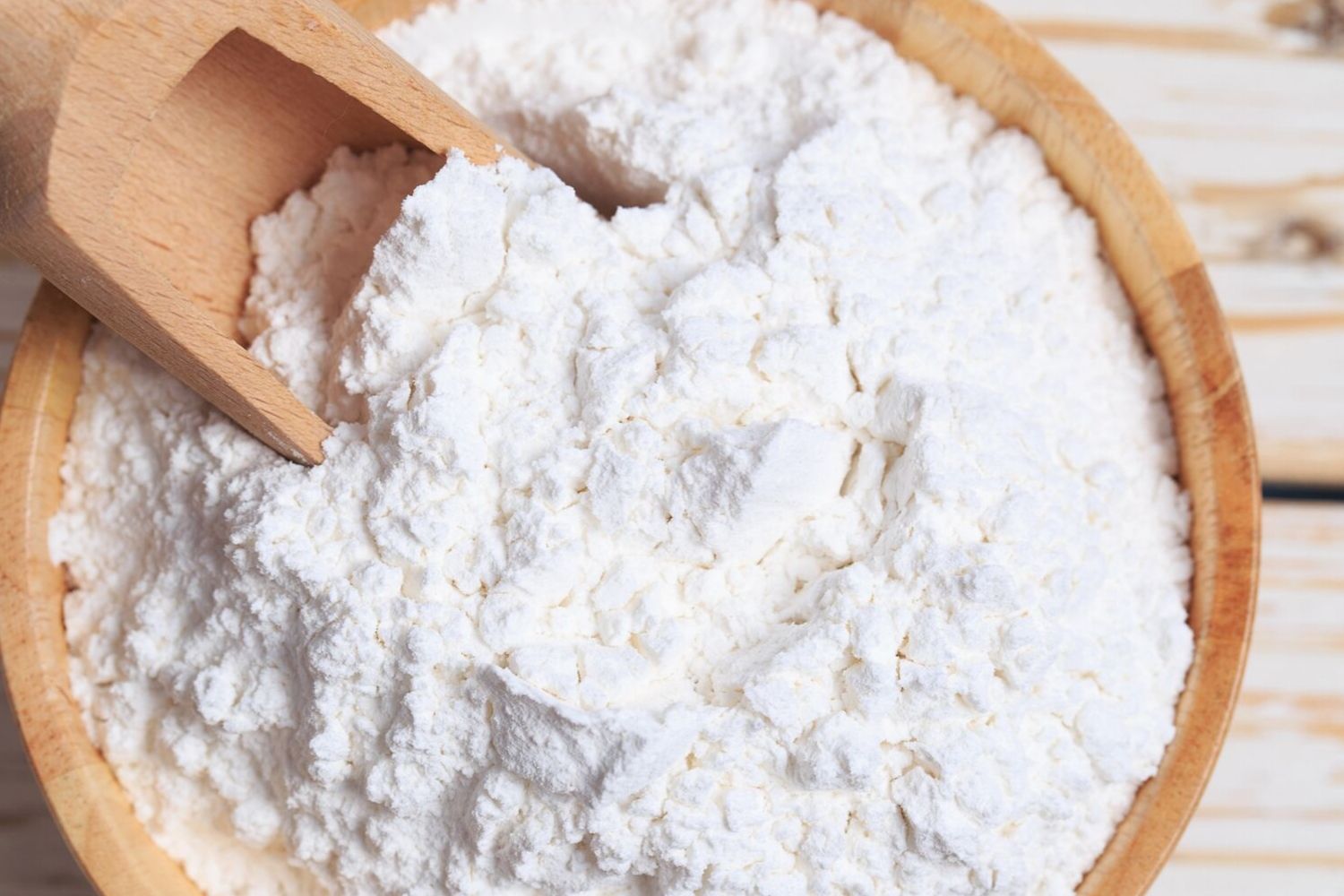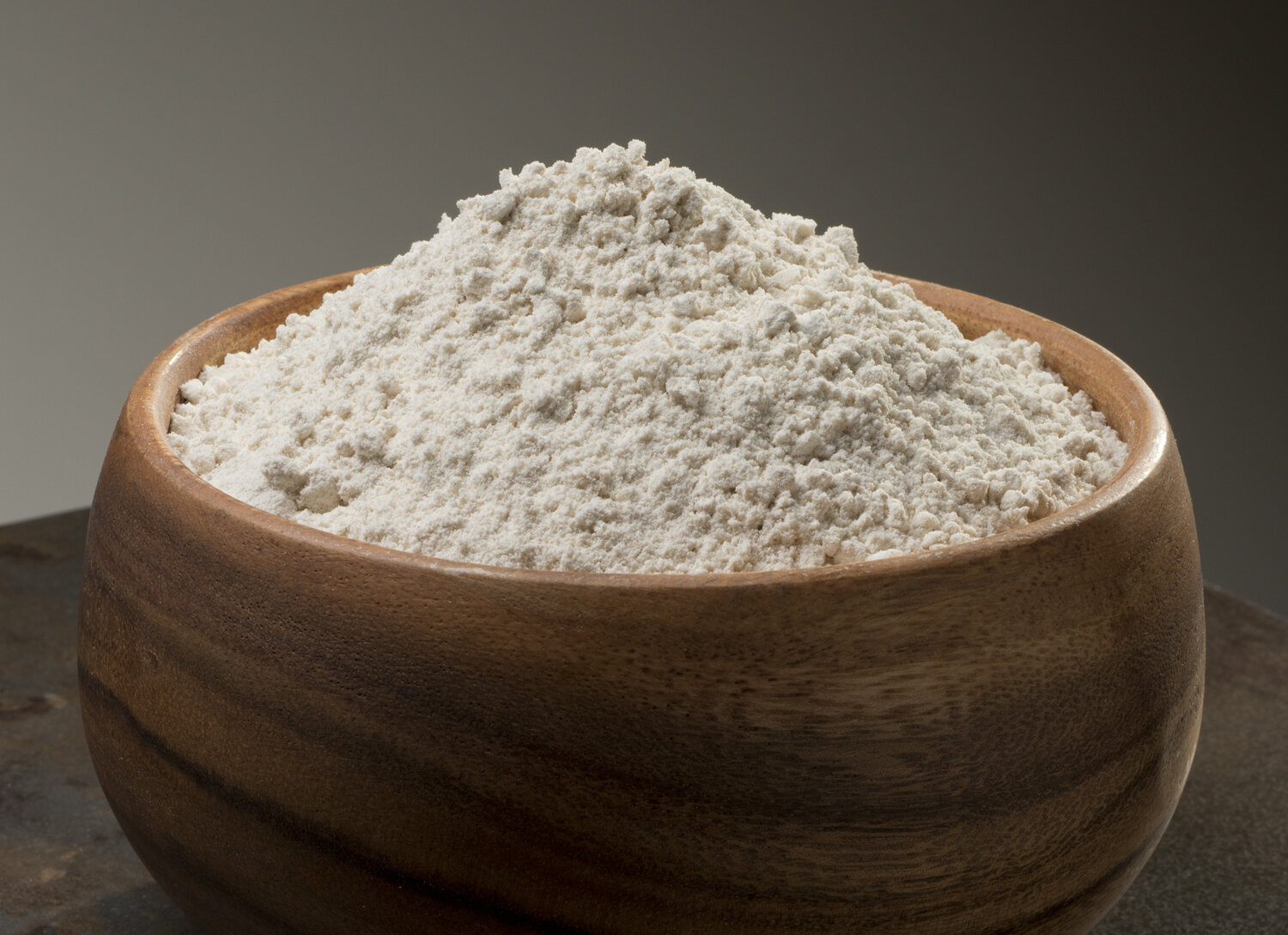
All-Purpose Flour Vs Bread Flour – How Are They Different?
All-purpose flour, also known as plain flour, is a very basic item of every household pantry. This flour is used for most of the recipes you cook at home. So, what to do if you want to bake something and the required ingredient is bread flour instead of all-purpose flour? Don’t just straightaway go substitute the bread flour with your regular plain flour. This is because there is a significant difference between bread flour and all-purpose flour.
At first, you need to understand what makes these two different and only then you will understand whether to substitute it or not. If you substitute it without knowing the difference, you won’t get the desired outcome of the food you prepare.
The actual difference between the basic all-purpose flour and the bread flour is the protein content. Although protein content varies from brand to brand, still the protein content of the bread flour is somewhere between 10 to 13%. On the other hand, the protein content of the all-purpose flour is 9 to 12%.
Apart from the main difference, there are some other differences too, such as:
- Bread flour is much stronger compared to the all-purpose flour, thereby giving your baked food items more structure.
- Bread flour has higher gluten content compared to the all-purpose flour. This is because of the high protein content. Gluten is responsible for binding all the food items together, so choose the flour wisely.
- When you use bread flour, you will require more water for preparing the dough compared to what you need while using all-purpose flour.
A lot of food recipes demand a stronger flour for achieving the desired cohesive taste, quality, volume, and texture of the end product. In these cases, you should not substitute bread flour with all-purpose flour, especially in case of baked items because bread flour is responsible for giving a good rise to your dough.

Can Bread Flour Be Substituted?
Yes, you can substitute bread flour with all-purpose flour in some recipes. This is because their weights are nearly the same and the same measurements can be used in case of both the flours.
If you want to make bread, you can definitely go for all-purpose flour instead of bread flour. But if you want to bake a chewy, airy, and well-shaped bread, you can’t substitute the bread flour. When you are following some recipe instructions for preparing something, it is always wise to go with whatever flour-type is mentioned there.
Be attentive towards the amount of water you are using while preparing the dough. If you are using plain flour, reduce the amount of water you use. Keep adding the liquid in a slow and repetitive manner, until your batter reaches its desired consistency.
How to Prepare Bread Flour from the All-Purpose Flour
For turning your all-purpose flour into bread flour, you need to add vital wheat gluten into the all-purpose flour. This makes up for the protein content deficit, thereby increasing the nutrition value of the all-purpose flour to that of bread flour.



